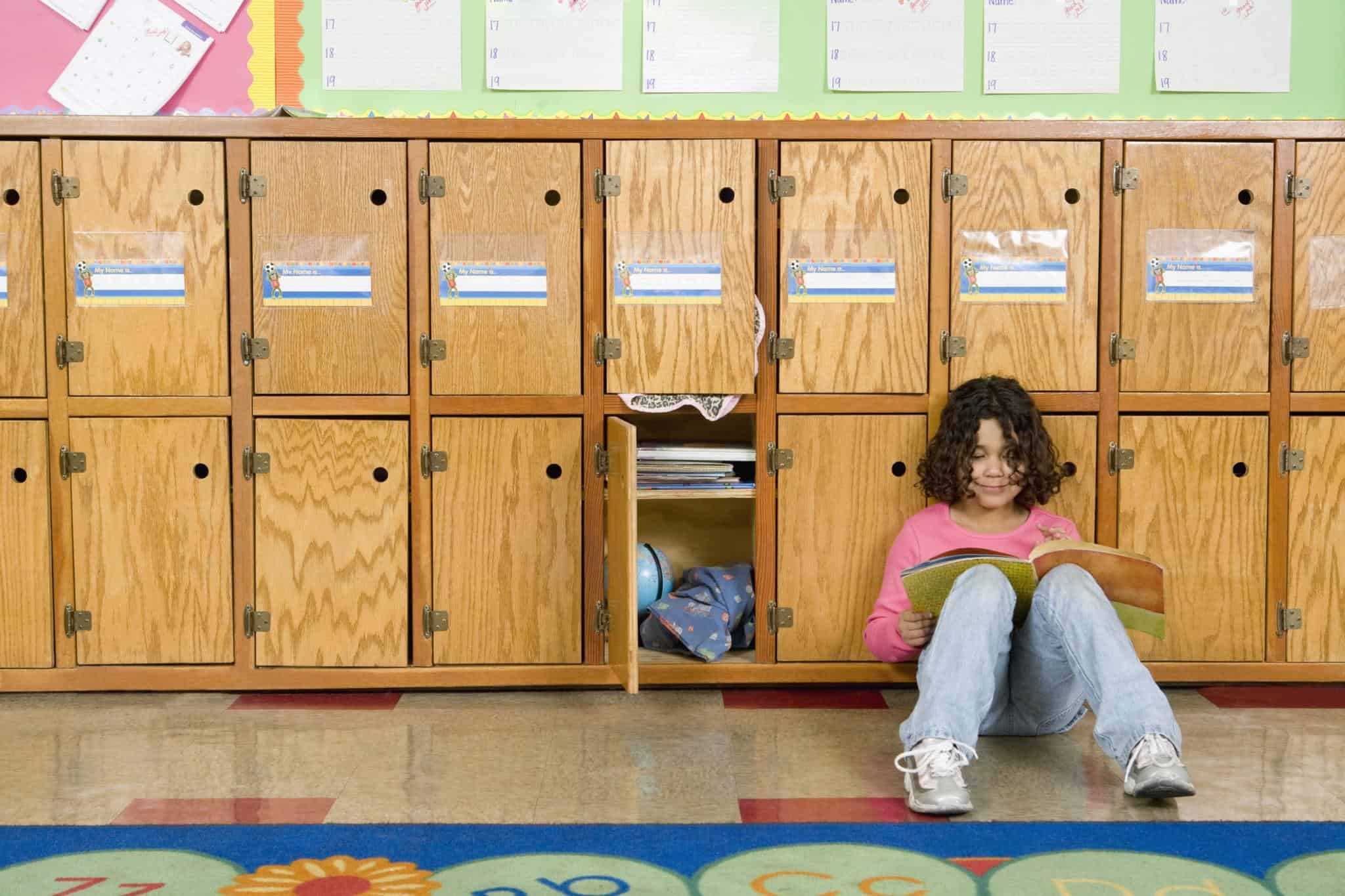One of the biggest challenges in getting students to read is motivation, and one of the best ways to improve that motivation is letting students choose what they read. Choice boosts interest, engagement, and enthusiasm, which in turn increases effort, performance, and learning.
When students choose their own reading materials and engage in independent reading projects, they read more, perform better on standardized tests, become better writers, and their overall reading comprehension levels and academic achievement go up.
Plus, choice in reading enables students to explore topics they’re interested in and allows them to leverage their strengths while meeting individual reading needs.
1. Offer a Multitude of Reading Options and Topics
Choice in reading starts by giving your students a wide variety of reading options. Try to build a balanced library of titles that spans genres, topics, and formats. The more varied the options, the more likely a student will find a text that matches their personal interests.
2. Set Up Small Book Clubs
If a number of students choose to read the same text, turn that group into a book club that can share the experience. These group interactions offer a number of significant benefits:
- Sharing generates an enthusiasm about reading that becomes contagious for other students
- Discussions inspire critical, close reading, especially if students can make connections from the text to their own lives
- Students form new relationships with each other as they build an authentic learning community
- Group discussions develop soft skills like public speaking, group interaction, and collaboration
3. Leverage the Power of Digital Libraries
Digital libraries represent a new resource in education and can provide a flexibility and richness that is difficult to match from a traditional library. A digital library can offer thousands of texts in a variety of formats including books, articles, videos, images, and other multimedia resources. Better yet, these resources can be searched and explored quickly and effectively.
4. Let Students Create Homework Assignments
Allow your students to participate in the process of creating reading homework. Doing so extends the element of choice beyond mere text selection, resulting in greater student engagement and ownership. You’ll still want to give them parameters to work within, but keep the options broad enough that students have real choice.
5. Plan Reading Events and Celebrations
Turn your classroom into an exhibit hall with displays built around books your students are reading, and let them help plan an event to showcase their work. You can invite parents, families, or other classes to tour the exhibition. Or have your students help plan mini parties when they hit reading milestones. Involving your students in planning events will ignite excitement and enthusiasm for reading throughout the year.
6. Set Aside an Independent Reading Space
Flexible reading areas make it possible for students to step out of their normal environment into one that fosters creativity and individuality, both of which are characteristics of choice-based and independent reading activities. Use rugs, stools, bean bags, balance balls, and other items to enhance the look and feel of the space.
For more on the benefits of independent reading programs, check out this article.
7. Invite Guest Speakers
Students enjoy hearing about other’s reading experiences, so invite fellow staff members to come in and talk about a favorite book or article. The more diverse the guest, the broader perspective your students will be exposed to, so include non-teaching staff such as custodians and bus drivers or even members of the community or parents.
8. Hold a Book “Speed Dating” Activity
A great way to help students create their own reading list is to hold a book “speed dating” activity. Organize books by criteria or reading topic and place them on separate tables. You can create a handout that contains short descriptions of all the books as well.
Have your students choose a table, and the “dating” begins! Have them review the books, using the handout to track potential selections. After several minutes, signal your students to move to another table. Once all tables have been visited, have them make their final choices and create a reading list.
The importance of student choice in reading is that it enables student empowerment and ownership of the reading experience, including what, when, how, and even where they read. Choice encourages students to read in a way that supports their individual needs, goals, and interests, and—most importantly—yields better outcomes.





